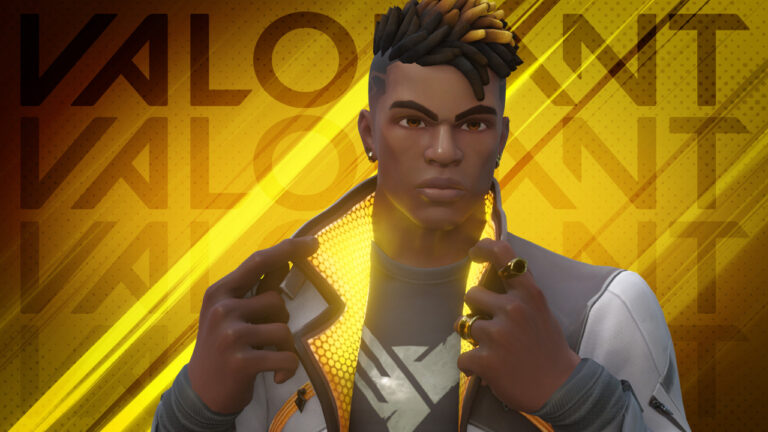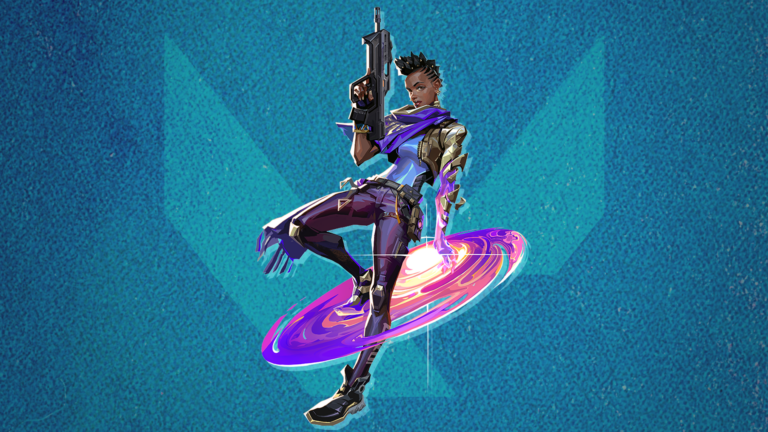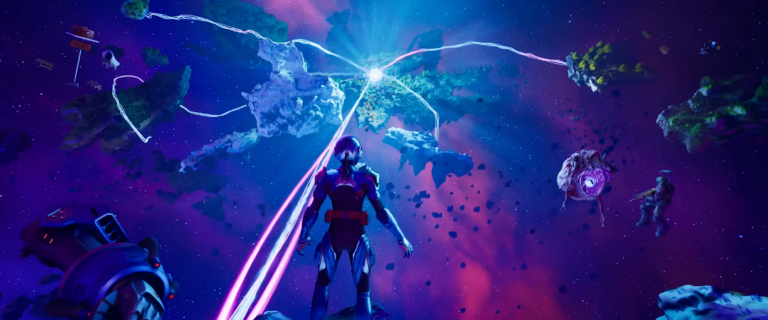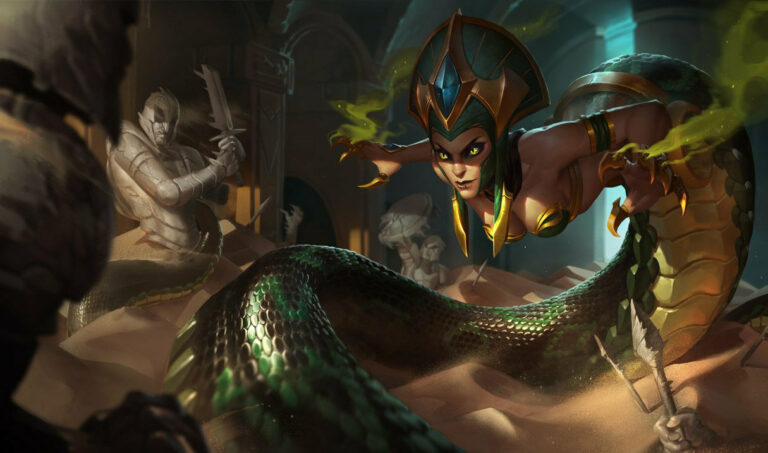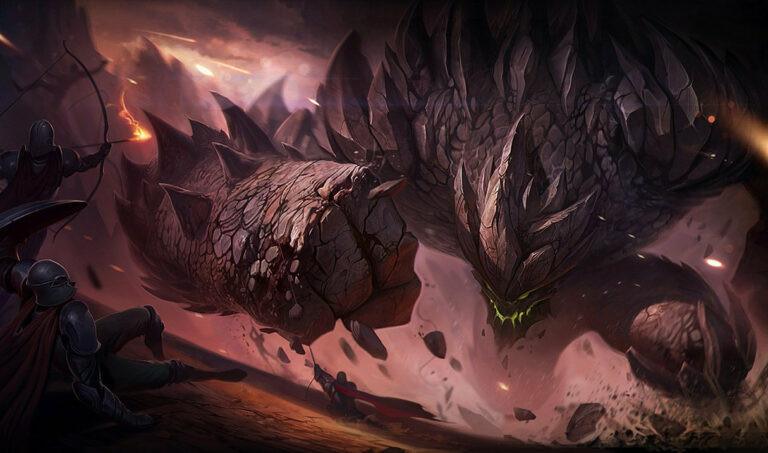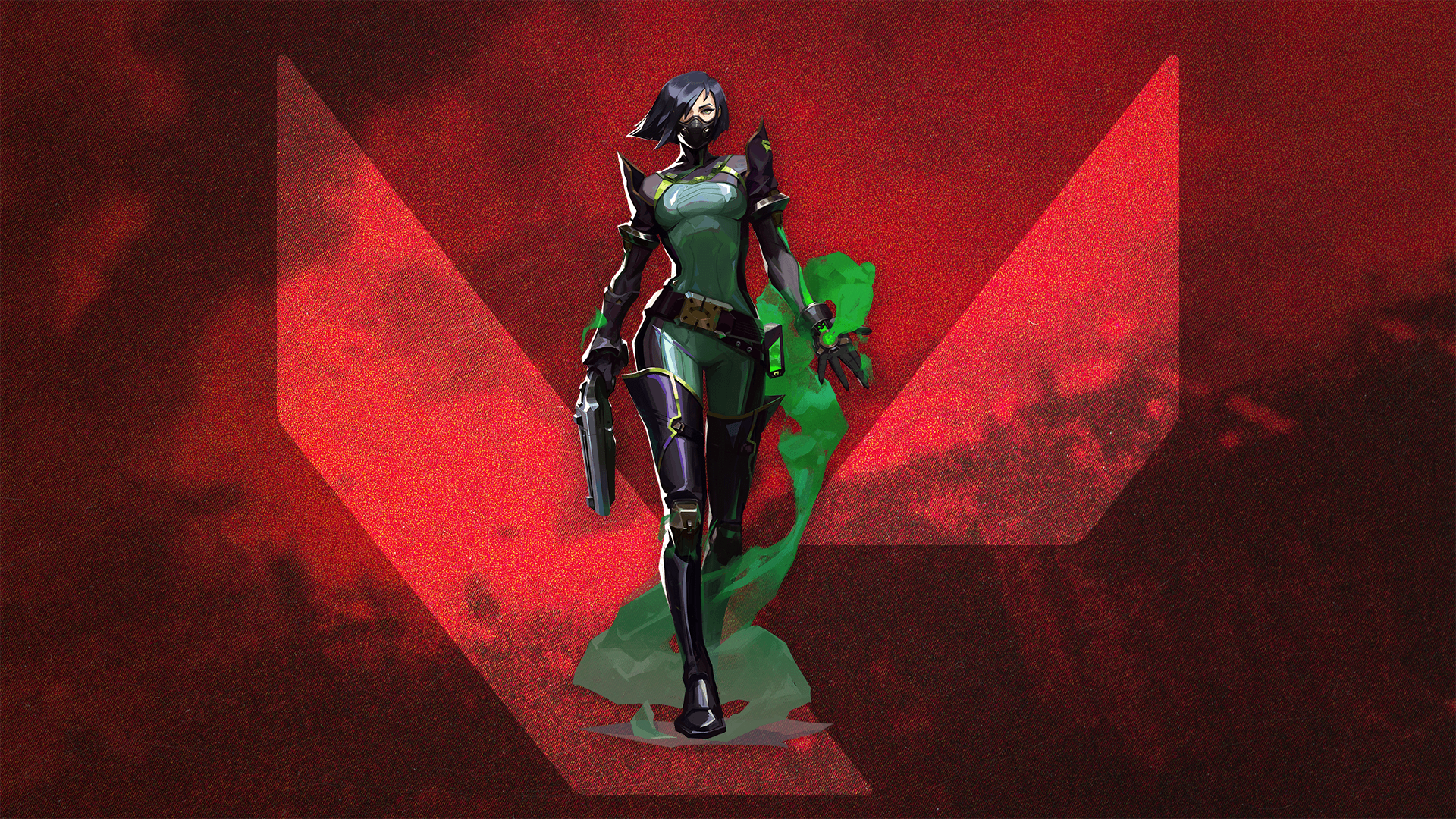
Four Amazing Tips I Learned Climbing To Immortal In VALORANT
Climbing the ranks in VALORANT is a challenging process. It’s difficult to perform consistently, hard to work together as a team, and duelist instant locks can be outright upsetting. You can save yourself some time, and a lot of frustration, by learning from those who have walked the path before you. In that spirit, I’m going to share four of the best tips that I learned on my journey to Immortal!
Tip 1: Communication
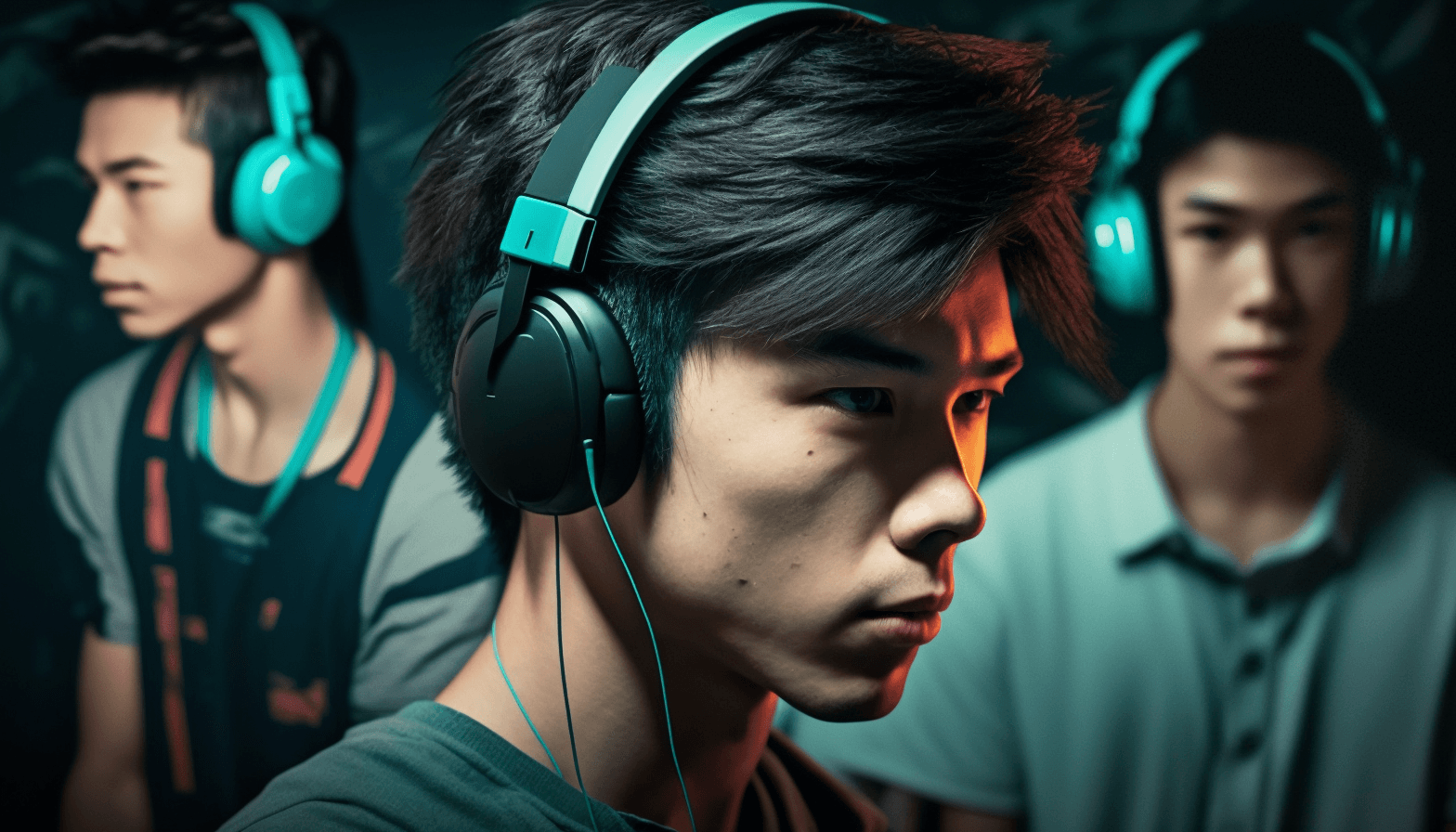
I want to start with a valuable concept that most players underestimate in VALORANT. And it might surprise you how important it is. No, it’s not your movement, peeking, positioning, or even aim. It’s COMMUNICATION!
Communication is one of the most important things you can have on a VALORANT team, and one of the easiest things to implement in your game. Giving and receiving information will enable you and your teammates to perform at a much higher level, and pull off plays that would otherwise be nearly impossible.
Some of the best matches I’ve had in VALORANT are when my whole team is communicating damage they’ve dealt, reporting on enemy positions, sharing attack strategies, adjustments to our defense strategy, and more. On the flip side, the matches I enjoy the least and often lose are when no one on my team is communicating, and we’re simply relying on our mechanical abilities and uncommunicated teamwork to win rounds.
Think of how demoralizing it can feel playing ranked and losing round after round with no words being said between teammates. If someone would simply crack a joke for team morale, or suggest a change in strategy, things can change drastically.
The importance of communication is deeply misunderstood, especially in lower levels of play. Unfortunately, not everyone will communicate. Whether they don’t have a microphone, or they simply choose not to say anything, sometimes you’ll just have a team that doesn’t want to step up to the microphone. In these situations, it’s important to remember this key fact: the only factor you can control in your ranked games is yourself. So, ultimately it falls on you to try to get communication going, and to make sure that you’re communicating even if no one else is.
0 seconds of 10 minutes, 25 secondsVolume 90%https://www.youtube.com/embed/PejAiBmxsC8
Important Things to Communicate:
- The damage you’ve dealt
- Enemy positions (using minimap callouts)
- New attack strategies
- Adjustments to your defense strategy
- Utility usage. Specifically flashes and smokes before they’re deployed.
Giving teammates information is so valuable and sets them up for success. Simply noticing a player who’s about to flank your teammate and letting them know about it, or setting up some organized team plays, can drastically change the course of your entire ranked game.
The key point to remember from this tip is that you should emphasize communication and make sure it’s at the forefront of your mind going into every ranked game you play. Keep your spirits up, try to encourage your teammates to get involved in comms, and you’ll find a lot more success than you would with pure radio silence.
Tip 2: Agent Pool
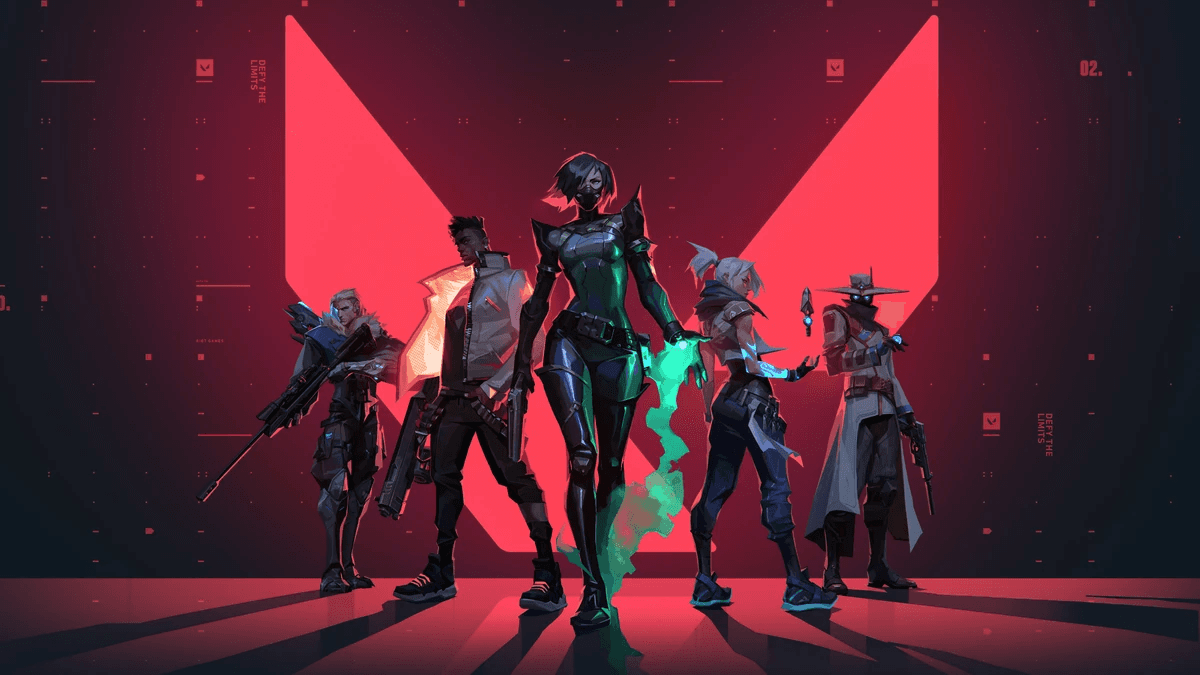
Another important tip for anyone looking to climb the ranked ladder in VALORANT is that you need to lock in your agent pool. What I mean by this is that you should not be a fill player, or a one trick, but rather find a certain mastery in two roles. In my opinion, everyone performs best when they’re playing an agent and a role that they’re comfortable and familiar with.
This is why I always recommend that everyone has one main role, and one fill role that they can play exceptionally well. Don’t try to be a jack of all trades, but rather be a specialized master of two roles.
Filling every role is dangerous because it’s difficult to adapt to all the different playstyles of all the roles. Myself, even though I have thousands and thousands of hours in Valorant, I still wouldn’t say I’m comfortable with every role. On the same note though, you shouldn’t be a one-trick either. If you can only play Jett, for example, your team has to adapt around you and you will often end up with a subpar team composition as a result.
This is why I recommend the approach I mentioned before. When approaching your agent pool, you should really boil it down. Think about what role you perform the best in. Whether it’s duelist, controller, initiator, or sentinel, you should really iron out which role you want to main. After you’ve thought about what role that would be, you should start carving out your agent pool for your role.
In my case, I’m a duelist main, and I have 4 duelist agents that I can play comfortably. My main go-to is Jett, but she’s not great for every team comp and every map, that’s what the other 3 duelist agents in my agent pool are for; covering my weaknesses. And since I have a developed agent pool, I don’t have to instantly lock Jett, because I’m comfortable playing other agents.
You should try the same exercise. Most of us know the agent that we feel the most confident with, and that should be your main agent inside of your main role. But you should also try to have other agents from the same class in your agent pool because it’s very rare that one agent is best for every map and every team composition.
On top of ironing out your main role and your main agent pool, it’s my opinion that you should also have one fill role that you’re comfortable with as well. My fill role is initiator. Inside the initiator role, I try to play agents that cover up roles that my main role and agents do not. I personally play a healthy amount of Sova, Fade, and KAY/O because they fill a different purpose than my main role.
This has been really helpful in my ranked climb because Duelist is a very contested role, and it’s very often that 2 people will instantly lock duelists. If I wasn’t able to fill the initiator role, I would slot in a 3rd duelist to our team composition, and that’s not necessarily optimal.
To summarize this tip, I would personally recommend having one main role that you can play very comfortably with a few different agents. On top of that, I would recommend having one fill role that you’re familiar with and feel confident playing.
Tip 3: Warm Up Before You Play
Before you play a ranked game, I recommend that you follow a warm-up routine to make sure you’re feeling sharp and ready. Without warming up, it’s more likely that your first 5 or 6 rounds will go badly, increasing the chance that you will tilt and become demoralized.
There are a few different ways to warm up. One great way that has a lot of versatility is using Aim Lab, which offers you a variety of tools and drills to target specific parts of your aim. One of my personal favorites is grid shot precision. This gets you to move your mouse a lot and practice your micro flicks. Grid shot isn’t the only effective drill, I also enjoy many of the drills from the speed category. I find myself coming into my games feeling a lot sharper when I just take 5 minutes to play grid shot in Aim Lab before queuing up.
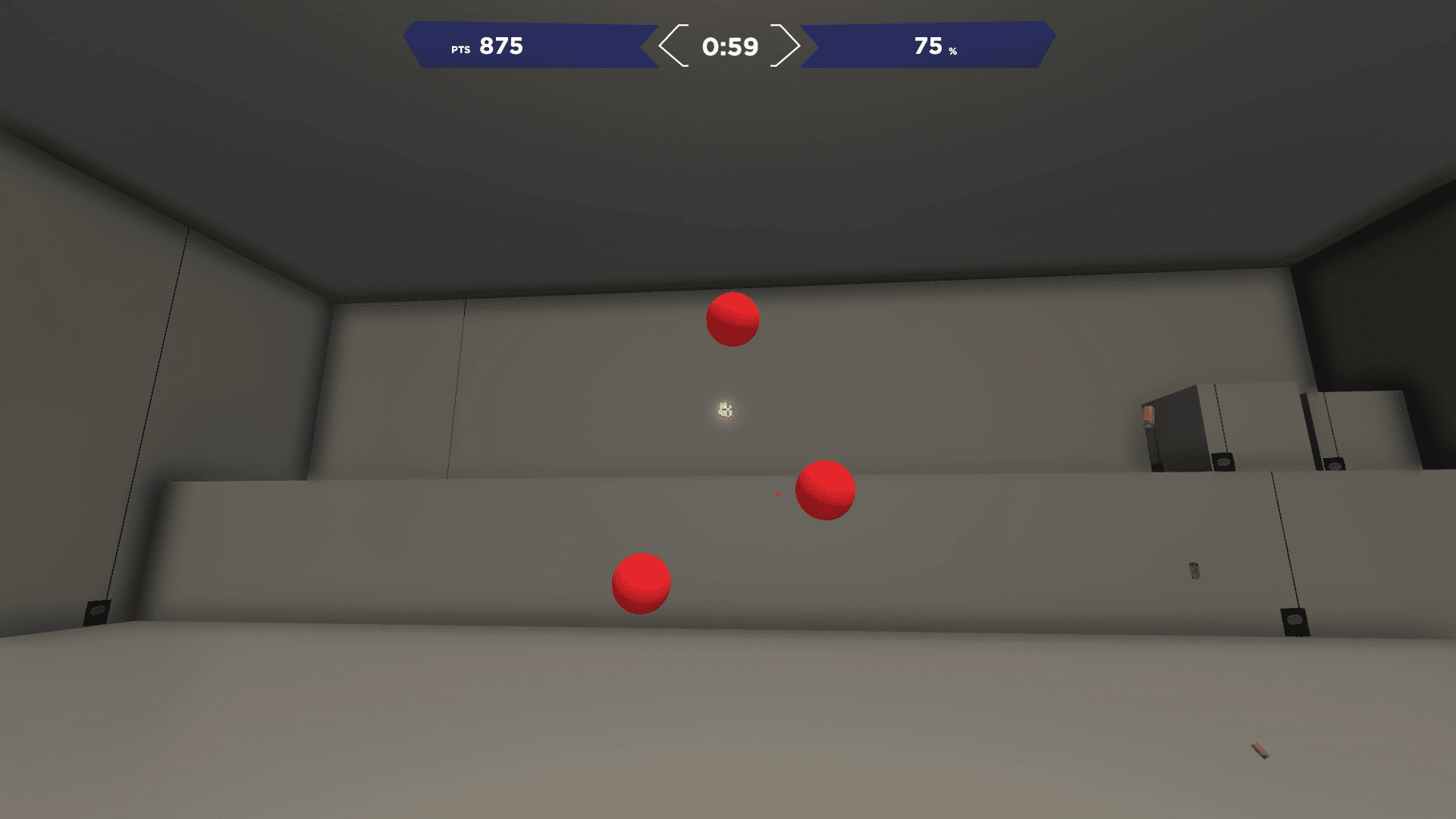
But if you prefer to keep your warm-ups in VALORANT, deathmatch is the most commonly used tool. This game mode gives you many encounters to practice your movement and aim against opponents in a fast-paced environment.
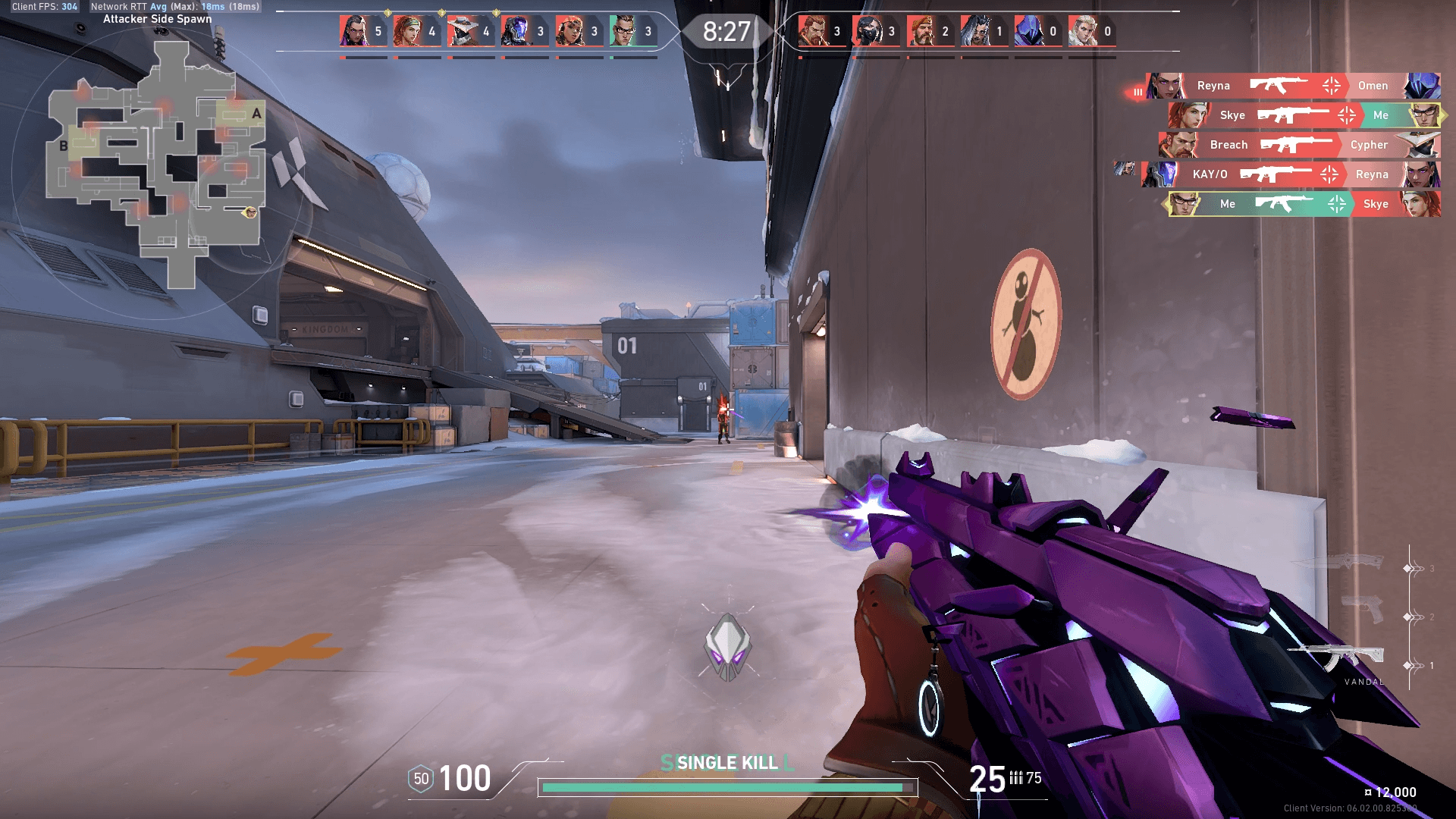
No matter how you choose to warm up, you should be doing it before you ever press the play button for a ranked match.
Tip 4: Emphasize Your Movement
For the final tip, I feel a need to share that you should put more emphasis on your movement! While it seems obvious that aim is very important, many players severely underestimate the importance of movement in VALORANT. The largest culprit of whiffed shots isn’t generally your aim, but actually the lack of movement control before you shoot.
In VALORANT, your agent will stop on a dime the moment you let off your movement key. And your bullets will be inaccurate if you’re moving at all while shooting. This means that before you shoot a single bullet, you should let go of your movement key, then shoot. For example, if you’re moving forward holding W and then an enemy appears, rather than instinctively aiming at them and shooting, you should be ensuring you let go of W before shooting. Most of the time, whoever is faster at stopping their movement will win the gunfight.
This isn’t just a tip for low-level players, either. I’ve seen this mistake many times even in Diamond, Ascendant, and even Immortal. I bet if you clip yourself every time you lose a gunfight in the next game you play, and watch back the footage, you will notice that movement is a problem 60-plus percent of the time.
There’s a drill that I use personally, that I made for myself a long time ago that you can use to improve your movement control.
Right when that bot either dies or despawns, hold only D to move to the right. The moment the bot spawns, let go of D, line up your shot, and shoot. Repeat this drill going forward, backward, left, right, and even multidirectional if you want to get more realistic with the drill.
This drill will train your mind to subconsciously let go of your movement keys before shooting, and will also show you how comfortable you are with movement and shooting for a current benchmark.
If you feel confident with this drill and want to make it more difficult, bump up the difficulty to Medium and repeat the drill until you can score 25/30.
Taking extra time to do drills just like this is what helps you stand out as a player and see the most rapid improvement in the movement department.
Outro
And that’s going to do it for some of the best tips I have to share from my journey to immortal. Hopefully, you take the time to digest the information you’ve learned here, and use it in your own game! Here at ProGuides, our goal is to help you not only improve your aim but also improve your game. Keep an eye out for more of our helpful articles and guides, and you’ll see rapid improvement in no time.

